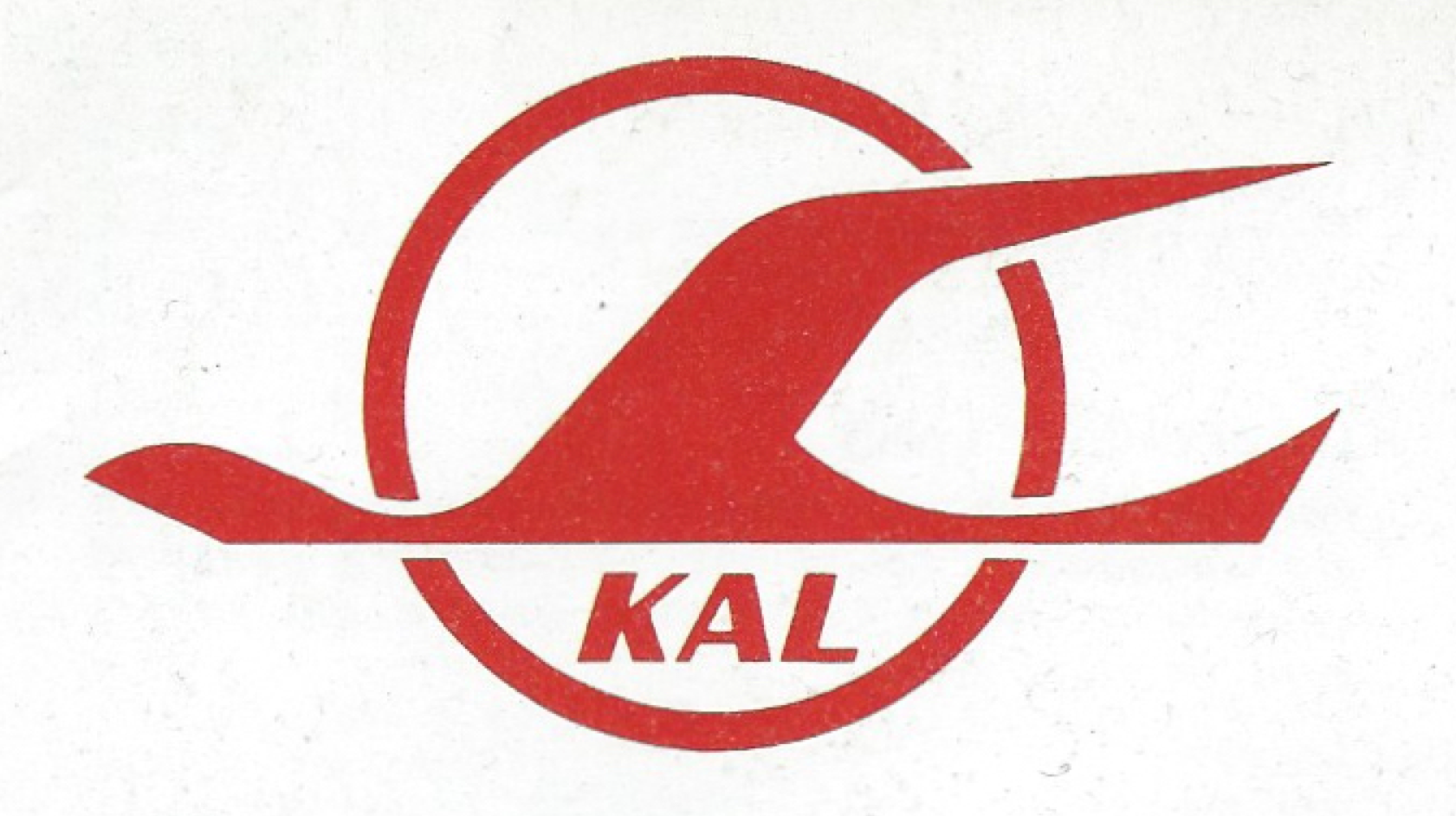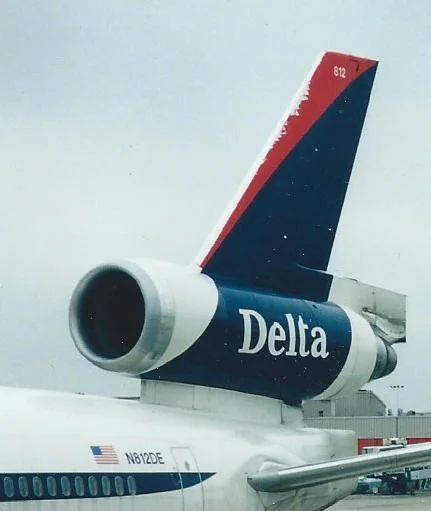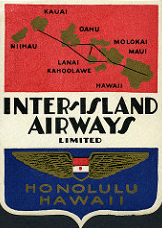Japan Air Lines - July 1955
/JAL postcard from the 1950s showing the DC-6.
Postwar Japan had a five-year ban on aviation - no private or government flights, and the only airline service was by international carriers to just a handful of airports. (No wonder Japan put such effort into building a world-leading passenger rail network!) In January 1951 the country was finally authorized to finance its own airline, and on October 25, 1951, Japan Air Lines finally took to the skies.
Aircraft were leased from Northwest and Transocean, and all pilots were initially American. Northwest provided the JAL team with technical training and management consulting for several years. Services were concentrated domestically for the next two years - their first Transpacific flight did not happen until February 1954, and Hong Kong came onto the network in February 1955.
The timetable I'm showing here is from July 1955. JAL is running three flights per week between Tokyo's Haneda Airport and San Francisco via Wake Island and Honolulu, using the DC-6 four-engine prop aircraft. The airplane would arrive SFO at 11:25 am, but not turn around and head back until 12:30 pm the next day. Likewise, arrival at TYO was at 8:45 am, but the aircraft would sit until 9:30 pm the next day for the run to the U.S. Piston-engined aircraft needed intense maintenance and for oceanic service; there could be no skimping on safety.
Westbound connecting service to Okinawa and Hong Kong (as well as eastbound connections) required an overnight stay in Tokyo. Daily service on the SFO-TYO run would not happen until 1958, and jet service until 1960. Overnight connections at Tokyo would remain commonplace well into the 1980s for both JAL and Northwest (both airlines also owned the hotels that passengers would need to stay at, rather conveniently...)
Japanese graphic design already charmingly at work!
The DC-6B was a workhorse and reliable to be sure - but it was slow and did not have super range. DC-7C long-range equipment would come on-line in 1958... the ultimate in piston-engine airliner technology. JAL did order DC-8 jets at the end of 1955, however, knowing that having the best technology was key to success.
No Korean service; not that the Koreans were in any mood at the time to allow a Japanese airline to land, but also the issue of the war going on and the utter destruction it would wreak. China of course would be cut off for many decades. Bangkok and Singapore would happen in 1956 and 1958.
Let's look at those airfares! US$878 round-trip from SFO to Tokyo; $990 round-trip SFO to HKG (not counting the hotel stay in between of course.) That was about the going rate in the mid 2010s, with occasional fare sales going well under that figure.
Three daily flights to Sapporo, five daily to Osaka, and one nonstop plus two one-stops to Fukuoka. These routes would ultimately reach the top tier of Earth's busiest city pairs (the Osaka run being supplanted by Shinkansen "bullet-train" service) with dozens of jumbo-jet shuttle flights every day,
It took decades of work to create the nearly-seamless networked world of today, and it's easy to take a relatively quick 787 Dreamliner flight across the Pacific for granted - cocooned in Wi-Fi and inflight entertainment the whole way. But there are still people around who labored on those 20+ hour runs without our reliable engine technology, navigational systems, and comfortable pressurization. Spare a moment of thanks to them for making today possible!
Also see...























